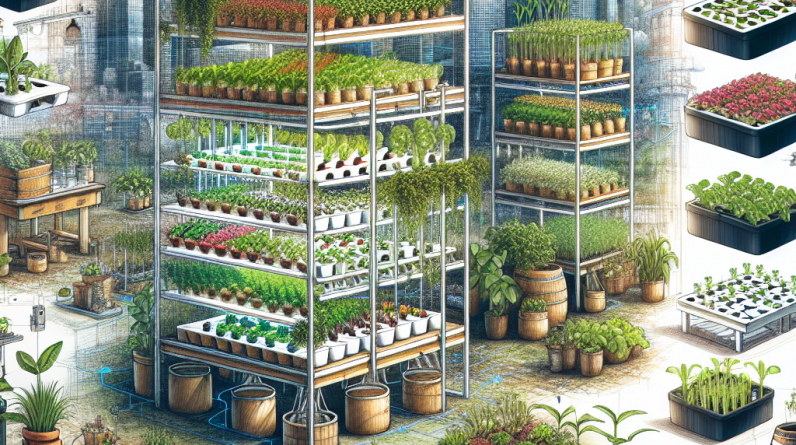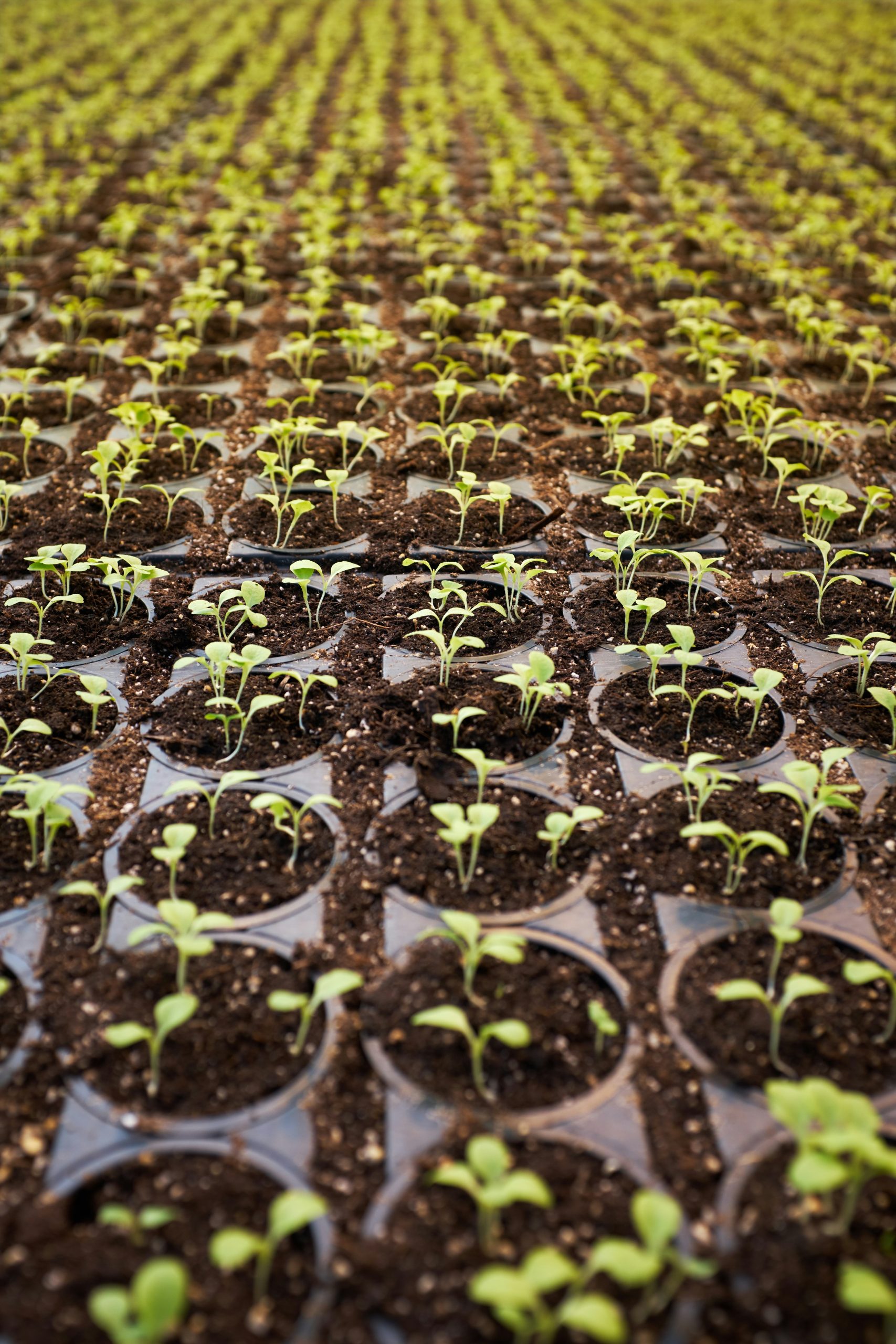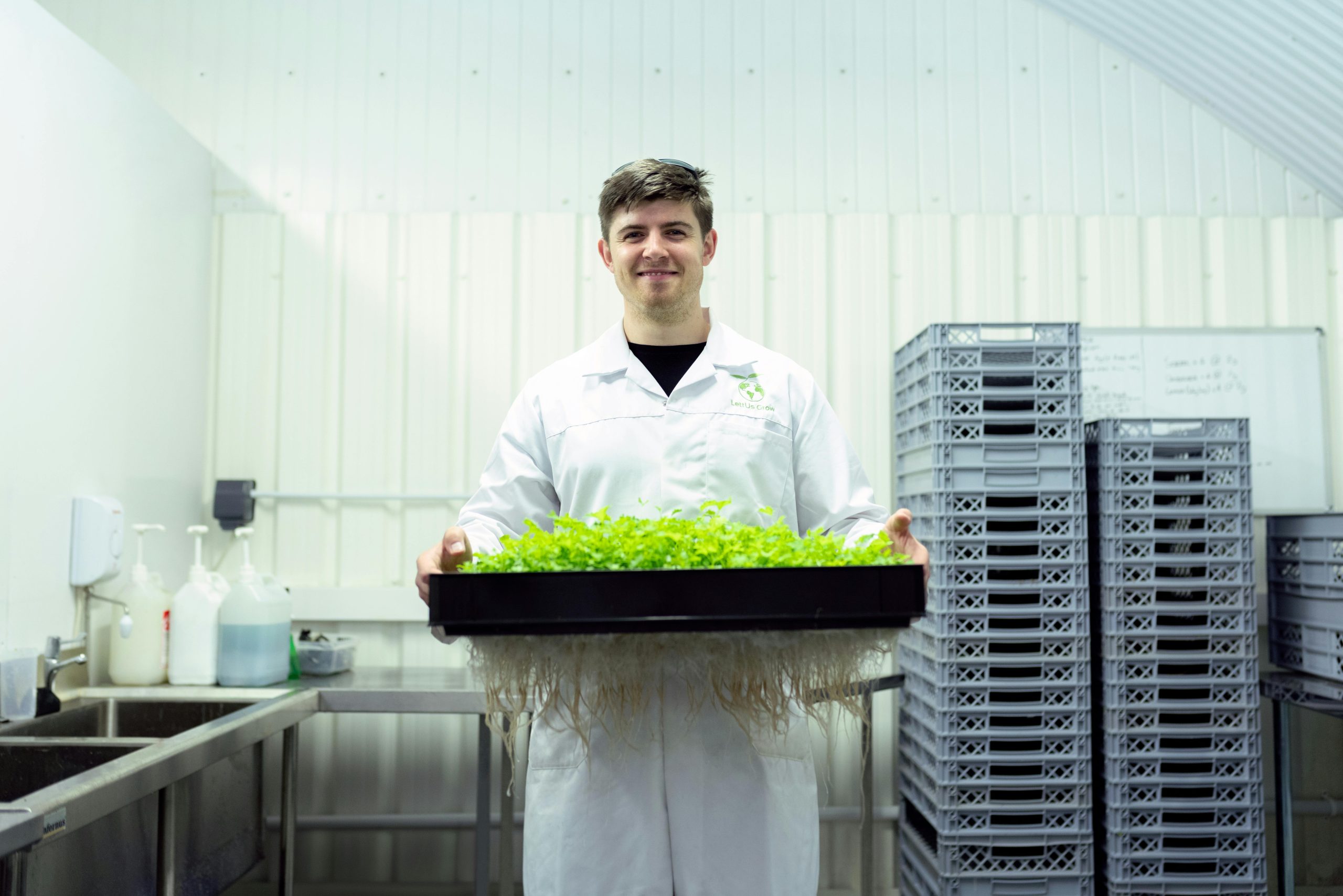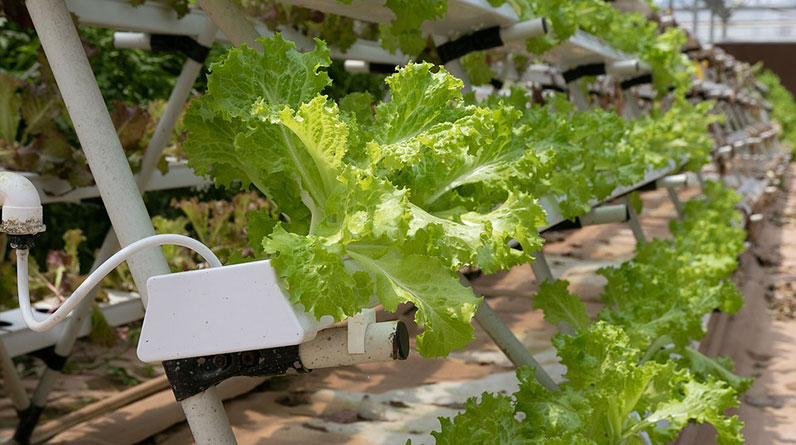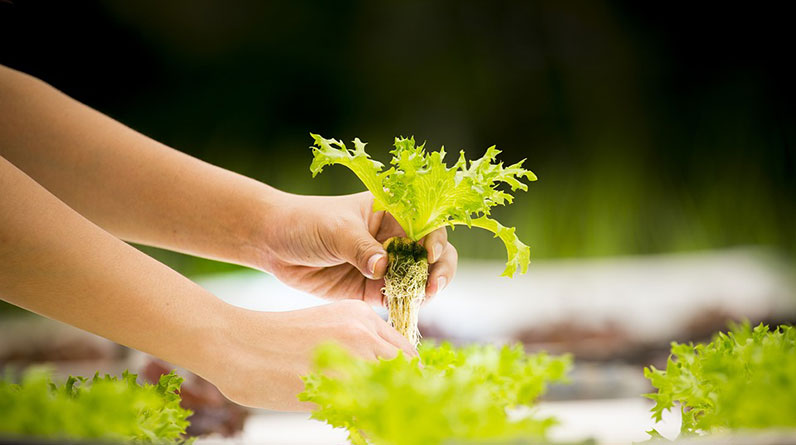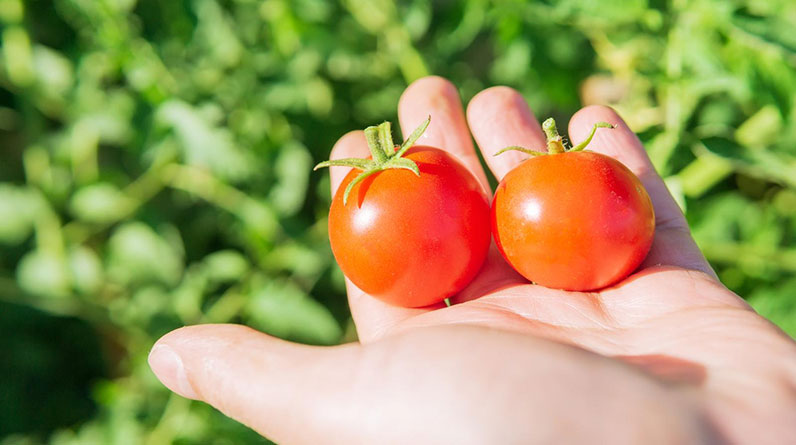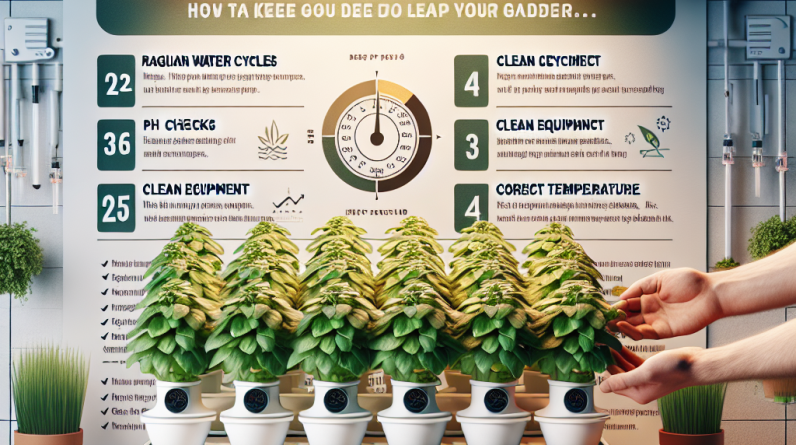
1. Regular Inspection of Equipment
Visual Checks
One of the foundational steps in maintaining your hydroponic system is performing regular visual inspections. I can’t stress how important this is! Each component, from the nutrient reservoir to the pumps, should be checked for signs of wear and tear. Little things like leaks or frayed wires can sneak up on you, and if I hadn’t caught these issues early on, they could have spiraled out of control.
In my experience, setting aside a specific time each week for these checks can really help. I usually do mine on Sunday mornings with a cup of coffee. It gives me a chance to really tune in to what’s going on with the system, and if anything seems off, I can address it right away.
Keeping a log of these inspections can also be ultra-helpful. I jot down the date, what I inspected, and any changes I need to make. It’s amazing how much easier it is to spot trends over time.
Testing System Components
Beyond just visual checks, I’ve found that testing system components is critical. Items such as pumps, timers, and air stones can wear out, and catching that early can save you a lot of headache. I usually run my pump tests while doing my regular inspection. If it doesn’t sound right, I know it’s time for a replacement.
Another tip I’ve picked up is to check the pH and nutrient levels regularly. Having the right balance is crucial. In my setup, I’ve got tools that make it super easy to test these levels quickly. Trust me, it makes a world of difference in nutrient absorption and plant health.
If you notice any fluctuations outside the norm, adjust your nutrient solution accordingly. It’s one of those small maintenance actions that can have a big impact, and I promise, your plants will thank you.
Cleanliness Counts
Keeping your space clean is another key aspect of system maintenance. When I first started out, I didn’t prioritize this and ended up with a pest issue that nearly wiped out my harvest. Since then, I take time after every harvest to clean my equipment thoroughly.
This includes soaking the components in a bleach solution to kill any bacteria or algae that might want to take up residence. I also make a point to scrub down the entire area where I grow. A fresh environment leads to fresh plants!
Don’t forget about the small stuff, too! Regularly cleaning my tools and keeping the nutrient reservoir free from debris keeps everything operating smoothly. A clean environment not only encourages healthy plant growth but also makes your whole setup more enjoyable to work with!
2. Nutrient Balance and Monitoring
Choosing the Right Nutrients
Ah, nutrients! They’re basically the food for your plants, and let me tell you, getting the right balance is essential. I make sure to research which nutrients work best for the specific plants I’m growing. If you’re growing leafy greens versus fruiting plants, the nutrient requirements can differ quite a bit.
I’ve learned that investing in a complete nutrient solution can save you some trouble down the road. Plus, it simplifies the measuring and mixing process. Pre-mixed solutions can take a lot of guesswork out of the equation, especially if you’re just starting out.
As I mix my nutrient solutions, I always double-check the ratios based on what my plants need at their specific growth stage. It’s kind of like cooking; the right ratios can make all the difference.
Regular Testing
Let me tell you, regular testing is non-negotiable in my book! You can’t just set your system and forget about it. I test the pH and electrical conductivity (EC) at least once a week, and sometimes more often if I’m noticing any unusual growth patterns.
If the pH is off, it can cause nutrient lockout, meaning even if you’re providing all the right nutrients, the plants aren’t able to absorb them properly. And trust me, that’s frustrating!
Finally, keeping a detailed record of each test helps me spot any trends over time. If I notice my pH levels are spiking or dropping, it gives me a head start on finding the root cause.
Adjusting Nutrients as Needed
No two grow setups are exactly the same, which is why tweaking nutrients as necessary is so important. I’ve had to adjust my formula based on climatic changes or even changes in plant size. It’s a bit of an art!
If I see any signs of nutrient deficiencies, like yellowing leaves or stunted growth, I know it’s time to reassess what I’m providing. Sometimes, it might just mean adding a specific micronutrient, like iron or magnesium.
It’s also critical to keep an eye on how plants respond after making adjustments. If you see them perk up within a week, you’ve got a happy camper! But if they don’t respond, it might be time to re-evaluate and try something different.
3. Water Quality Control
Testing Water Sources
Water quality is everything in hydroponics, let me tell you. I’ve realized that the source of your water can make or break your setup. Whether it’s tap water, distilled, or rainwater, I always test for contaminants like chlorine or heavy metals.
I started using a water filtration system, and it was a game changer. My plants began to thrive once they were no longer battling poor water quality. Plus, it saves a ton on pH adjusting chemicals!
Additionally, I don’t skip out on checking the hardness of my water. If it’s too hard, it can bring in unwanted elements that can affect nutrient absorption. Monitoring is key!
Maintaining Water Temperature
An often-overlooked aspect is water temperature. I’ve found that keeping my nutrient solution within an optimal temperature range—around 68 to 72°F—has made a big difference in root health. Too hot, and oxygen levels drop; too cold, and plants can go into shock.
I also try to keep my reservoirs insulated or shaded to prevent temperature fluctuations. This helps maintain the ideal environment for my plants to thrive!
Every time I top off the reservoir, I also check the water temperature. It’s a simple step that helps prevent larger problems down the road.
Regular Water Changes
Changing out your water might sound tedious, but trust me, it’s worth it! I’ve learned to replace the nutrient solution every couple of weeks. This keeps nutrient levels stable and mitigates the risk of disease caused by stagnant water.
When I do a water change, I include a thorough clean of the reservoir as well. A clean slate ensures my plants have the best chance at thriving!
Also, it’s a great opportunity to adjust the nutrient mix based on what my plants have been telling me. You’d be surprised at how much you can learn just by checking in with them!
4. Environmental Conditions
Monitoring Light Conditions
Light is the lifeblood for plants, and I can’t say enough about the importance of monitoring light conditions. Whether you’re using natural light or grow lights, ensuring your plants get the right amount is crucial.
I’ve got a light meter that I use every so often just to make sure my plants aren’t getting too much or not enough light. I’ve been in situations where my plants were getting leggy because they weren’t receiving enough light, but that meter has saved me from those mishaps!
Positioning the lights at the right height is equally important. I adjust mine according to the plant growth stage, bringing them closer as the plants get taller.
Temperature and Humidity Control
Keeping an eye on temperature and humidity is something that I’ve actively worked on in my hydroponic garden. Most plants thrive at a certain temperature and humidity range, and ensuring that I stick to those numbers has helped me maintain healthy plants.
I use a digital thermometer and humidistat to keep track of both at all times. If I notice that my temperatures or humidity levels fluctuate too much, I take action immediately. Oftentimes, it means adjusting a fan or taking steps to improve circulation.
In colder months, I find adding a small space heater can be beneficial while ensuring it’s not directly blowing onto the plants. Consistency is key, so I like to create a stable environment where my plants can genuinely thrive.
Air Circulation
Last but not least, air circulation is essential for preventing mold and mildew. When I first started hydroponics, I neglected this area and ended up with some unhealthy plants. Now I always ensure there’s good airflow!
Having fans set up to circulate air helps keep my plants cool and promotes healthier growth. Fans are not just about temperature control; they also strengthen plant stems, making them sturdier in the long run!
I also like to change the position of fans occasionally. That way, I can ensure every part of my garden is getting adequate airflow. Variety helps keep mold at bay!
5. Pest Management
Identifying Common Pests
Pest management is an inevitable part of the hydroponic gardening journey. I can’t tell you how many times I’ve found myself battling tiny critters that snuck into my system. Thus, getting familiar with common pests is the first step.
Spider mites and aphids are usually the first culprits I look for. Believe me, knowing what you’re up against makes tackling the issue much easier. Regular inspections save the day—if I catch them early, I can often solve the problem with some neem oil or insecticidal soap.
Taking the time to educate myself about pest life cycles has helped me target my efforts more effectively. Understanding when they are most active helps me plan my inspections accordingly.
Preventative Measures
Prevention is the name of the game! Early in my hydroponic journey, I relied too heavily on treating pests instead of preventing them. Now, I take proactive steps like maintaining cleanliness and ensuring healthy plant growth.
Companion planting is also a strategy I’ve turned to. Some plants attract beneficial insects that keep pests in check. It’s like having a natural pest control system!
I also make a habit of keeping a close eye on my plants’ health. They’re pretty good at communicating when something’s up. The more I get to know my plants, the easier it is to spot any issues early.
Treating Infestations
If and when pests do invade, it’s crucial to have a plan in place. I’ve had my fair share of infestations, and I can’t tell you how important it is to act quickly! I usually start by isolating affected plants right away.
From there, I assess the level of infestation and determine my approach. I prefer using organic treatments whenever possible, as I feel it generally aligns better with my overall growing philosophy.
After treatment, I closely monitor the plants for any signs of re-infestation. It’s all about being vigilant. With constant observation, I can make adjustments if necessary and keep those little critters at bay!
Frequently Asked Questions
1. How often should I check the pH level of my hydroponic system?
It’s best to check the pH level at least once a week, or more frequently if you’re experiencing any issues with plant health. Regular monitoring helps ensure that your plants are absorbing nutrients effectively.
2. What should I do if I notice my plants are growing too slowly?
If your plants are growing slowly, start by checking the nutrient levels and pH balance. Usually, a quick adjustment to the nutrient solution or addressing environmental conditions can help perk them up!
3. Can I use tap water for my hydroponic system?
Yes, but make sure to test for chlorine and other contaminants. If your tap water has high levels of these, using a filtration system can improve your water quality significantly.
4. How do I prevent mold from growing in my hydroponic system?
Maintaining good air circulation and proper humidity levels are crucial for preventing mold. Regular cleaning and prompt response to any signs of mold can also help keep it at bay.
5. When should I replace my nutrient solution?
It’s generally recommended to replace your nutrient solution every couple of weeks. Regular changes can help maintain nutrient balance and reduce the risk of disease.


